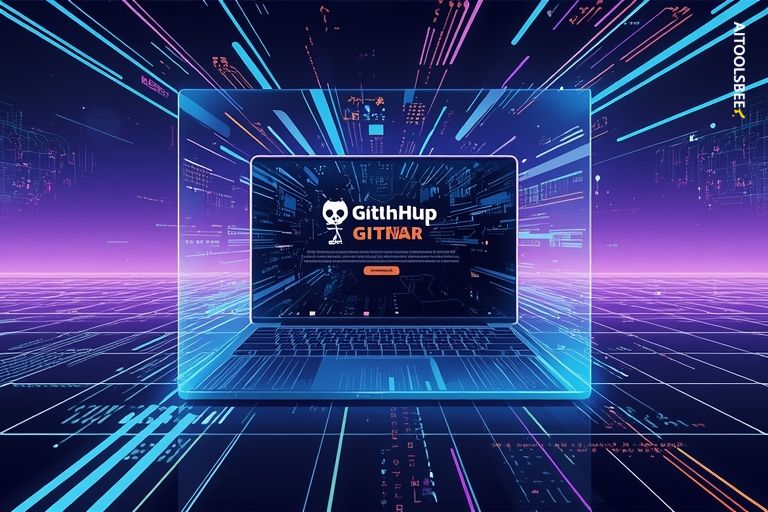
India’s Developer Surge to Propel GitHub’s Expansion
India now hosts 19.2 million developers on GitHub, with approximately one million joining every three months. In the United States, the user base of this Microsoft-owned developer platform stands at 25.8 million, aiming for one billion developers by 2030. India is projected to become the company's largest developer community globally by 2028, highlighting the importance of a strong India connection for the billion-user initiative.
Enterprises, startups, and students are key drivers of this growth. Indian developers are rapidly shaping the future of AI innovation, with contributions to public generative AI projects on GitHub increasing by 95% recently, establishing India as a hub of developer-driven AI activity.
Microsoft acquired GitHub in a $7.5 billion stock transaction in 2018. Indian developers are increasingly using tools like GitHub Copilot to build solutions, including open-source healthcare platforms. GitHub has also partnered with major tech entities like Anthropic, Google, and OpenAI to enable developers to utilize models within comfortable workflows.
Developers using GitHub Copilot report productivity gains of over 55%, and these gains are accelerating with AI agents. Companies such as Infosys, Wipro, and Cognizant have quickly adopted GitHub Copilot, enhancing their developer teams to solve complex problems and build better products faster. Infosys and Wipro have established centers of excellence with GitHub to scale adoption across teams.
Beyond strong enterprise adoption, India's startups and scaleups are embracing AI agents to innovate boldly. Coding is no longer limited to those with formal engineering training. With tools like GitHub Copilot and GitHub Spark, barriers are lowered, allowing everyone, from students to professionals in adjacent fields, to harness AI's power in their work.
Mohammed believes India's greatest strength is its talent pool, and preparing this talent for an AI-driven future is both an opportunity and a responsibility. AI-powered tools are making the learning curve shorter and more accessible, allowing professionals to learn by doing and focus on problem-solving.

